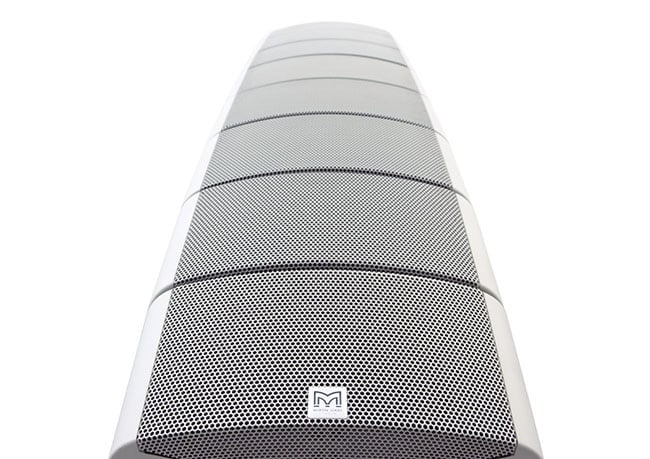Optimal Strategies for Positioning Speakers to Maximize Sound Clarity and Attendee Engagement in Large Locations
Optimal Strategies for Positioning Speakers to Maximize Sound Clarity and Attendee Engagement in Large Locations
Blog Article
Positioning loudspeakers in spacious venues is crucial for guaranteeing superior sound quality and captivating the audience effectively. The placement of loudspeakers can significantly influence how audio propagates throughout the space. When planning an occasion, it is essential to consider the location's size, form, and sound characteristics. Each of these factors plays a vital role in how audio is dispersed and perceived by the audience. By understanding these factors, event organizers can develop an optimal configuration that enhances the complete experience for everyone involved.
One important aspect to consider is the kind of speakers being used. Different speakers have unique characteristics that affect sound quality. For instance, array line loudspeakers are often favored in spacious locations because they can broadcast audio over long distances while maintaining clarity. These speakers are designed to work together, allowing audio to arrive at every area of the space uniformly. Additionally, bass speakers can be tactically placed to enhance bass output, making the sound encounter more engaging. Selecting the right combination of speakers is essential for achieving the optimal audio clarity.
Another important aspect is the arrangement of the speakers. The positioning should be determined on the spectators' layout and the location's sound characteristics. For instance, speakers should be positioned at an appropriate height and tilt visit this site to guarantee that audio waves hit the spectators without distortion. It is also important to steer clear of positioning loudspeakers too near to walls or edges, as this can cause undesired reflections and diminish sound clarity. A well-thought-out arrangement can help reduce audio problems and create a more enjoyable listening encounter.
In furthermore to speaker arrangement, sound testing is a crucial step in the procedure. Before the event starts, performing sound checks allows planners to identify any possible problems and implement required adjustments. This checking should include monitoring for feedback, modifying sound levels, and confirming that all speakers are operating correctly. By investing the time to check the sound system, occasion planners can confirm that the audio clarity meets the spectators' expectations and enhances their involvement with the event.
Ultimately, spectator engagement can be further enhanced by considering the complete design of the venue. Elements such as seating, illumination, and platform configuration can all impact how the audience engages with the speakers. For example, a brightly illuminated stage can draw focus to the presenter, while cozy seating can keep the spectators focused and engaged. By establishing an inviting environment, organizers can encourage a bond between the speakers and the spectators, resulting to a more memorable and significant event. In conclusion, careful planning and consideration of sound clarity and spectator engagement are crucial for successful events in spacious venues.